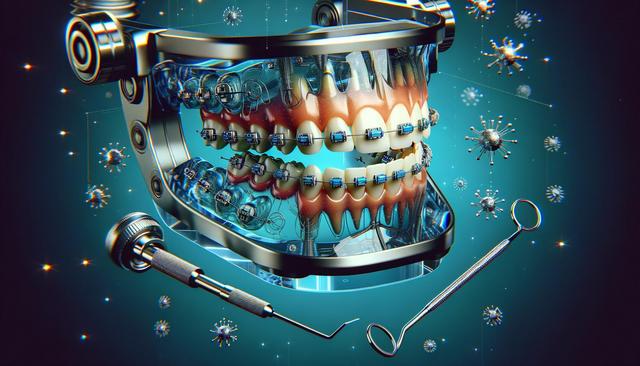
A Comprehensive Guide to Dental Braces
Understanding How Braces Work
Dental braces are orthodontic devices used to correct misaligned teeth and jaws. They work by applying continuous pressure over time to slowly move teeth into the desired position. This process not only improves appearance but also contributes to better oral health. Misaligned teeth can lead to complications such as difficulty in cleaning, tooth decay, gum disease, and jaw pain. Braces help align teeth properly, reducing these risks. Orthodontic treatment typically begins with a thorough examination, including X-rays, photographs, and impressions, to create a personalized treatment plan. After diagnosis, an orthodontist will recommend the type of braces that best suits the patient’s needs.
Types of Braces Available
There are several types of dental braces available today, each with its unique features and benefits. The most common types include:
- Metal braces – These traditional braces are made of stainless steel and are often the most economical option.
- Ceramic braces – Made from tooth-colored materials, they are less visible but can be more fragile.
- Lingual braces – These are attached to the back of the teeth, making them invisible from the front.
- Clear aligners – A series of removable, transparent trays that gradually shift the teeth.
The choice depends on factors such as the severity of the dental issue, personal preferences, and budget. It’s essential to consult an orthodontist to determine which type of braces will work effectively for your specific condition.
Benefits of Getting Braces
Braces offer a range of benefits that go beyond cosmetic improvements. One of the main advantages is enhanced oral health. When teeth are properly aligned, they’re easier to clean, reducing the risk of cavities and gum disease. Braces also help in correcting bite issues such as overbite, underbite, and crossbite, which can lead to jaw discomfort and uneven wear on teeth. Other benefits include:
- Improved speech clarity
- Better digestion due to more effective chewing
- Increased self-confidence through a more attractive smile
These benefits can have a long-lasting impact on both physical health and emotional well-being, making the investment in braces worthwhile for many people.
What to Expect During Treatment
Braces typically require a treatment period ranging from 18 months to 3 years, depending on the complexity of the case. During this time, patients will need regular check-ups every 4 to 8 weeks to adjust the braces and monitor progress. Some discomfort is normal after adjustments, but it usually subsides within a few days. Proper dental hygiene is critical during treatment, as braces can trap food particles and plaque. Orthodontists often recommend special toothbrushes, floss threaders, and mouth rinses to maintain cleanliness. Additionally, patients may need to avoid certain foods that can damage braces, such as:
- Sticky candies
- Hard nuts
- Chewy foods like bagels
- Popcorn
Sticking to your orthodontist’s advice and maintaining good habits can lead to successful and timely treatment outcomes.
Cost and Accessibility of Braces
The cost of braces varies depending on the type of braces chosen, the duration of the treatment, and the geographic location. Traditional metal braces tend to be the most affordable, while options like clear aligners or lingual braces are generally more expensive. On average, orthodontic treatment can range from a few thousand dollars to significantly more for advanced systems. Many dental clinics offer flexible payment plans or financing options to make treatment more accessible. Insurance coverage can also play a role in affordability, but coverage varies widely. It’s advisable to check with your provider about what is included. Additionally, some public health programs and university dental schools provide orthodontic services at reduced rates, making treatment more accessible to a broader population.
Conclusion
Dental braces are a proven and effective solution for correcting misaligned teeth and improving oral health. With various treatment options available, from traditional metal braces to nearly invisible clear aligners, there is a suitable choice for nearly every age group and lifestyle. While the journey might require time and commitment, the results often lead to a healthier mouth and a more confident smile. Whether you’re a parent considering braces for your child or an adult exploring orthodontic care, consulting with a licensed orthodontist is the first step toward making an informed decision about your dental health.


